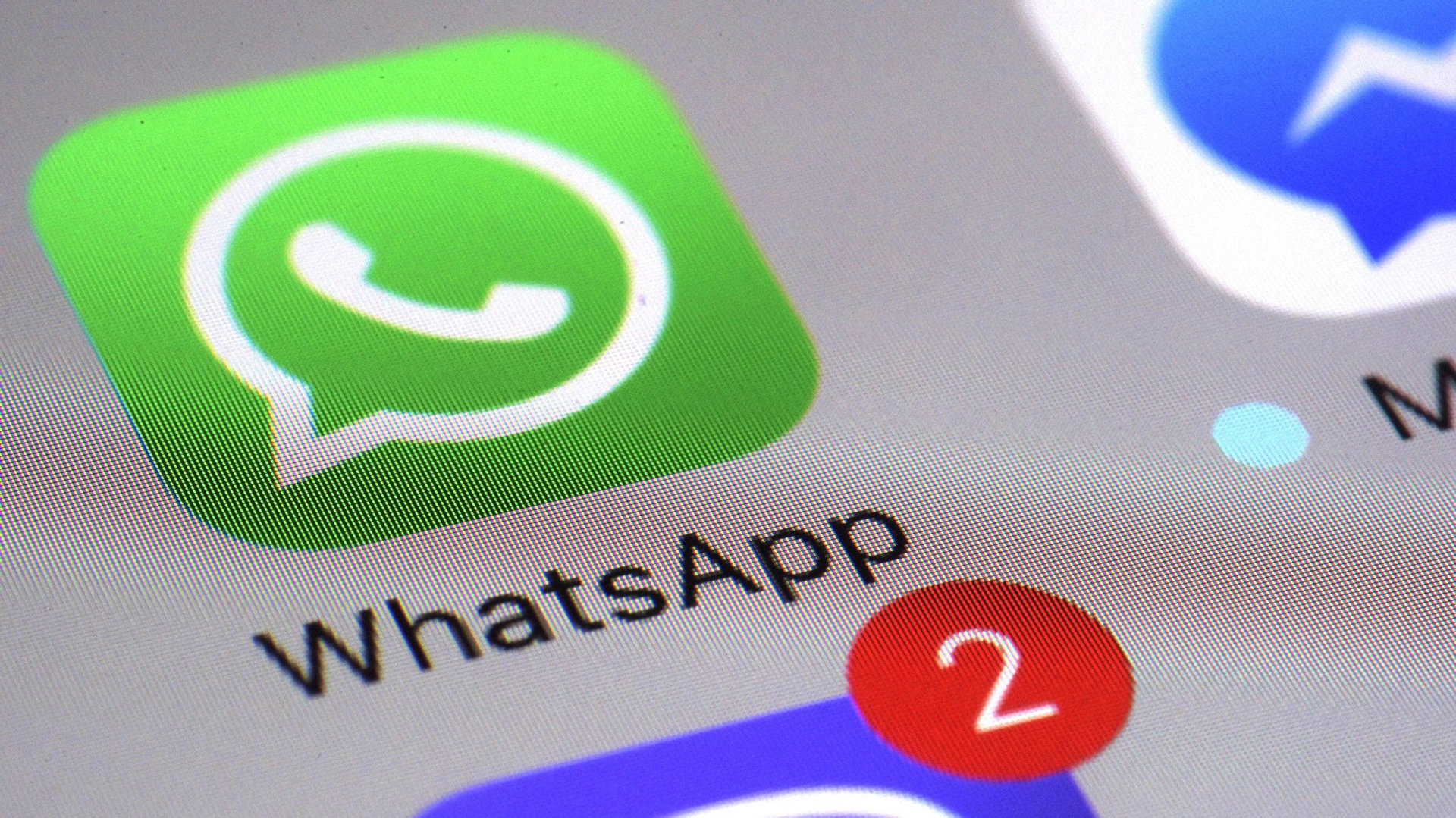A design flaw in Slack and WhatsApp is creating a uniquely 21st-century etiquette problem
Let me start by stating what should be obvious: I do not want to join your WhatsApp group.


Let me start by stating what should be obvious: I do not want to join your WhatsApp group.
But the messaging app does not give me a choice. I do not get to opt into groups; a group administrator can add people without their consent. I can mute the group (in oddly random increments of eight hours, one week, or one year), but I can’t prevent an overly talkative conversation from always being at the top of my chat history. And I can leave the group, of course—but not without the entire group being notified that I’ve done so.
Moaning about WhatsApp groups may make me sound precious. But it’s worth considering what we give up when technology is designed without taking the concept of permission into account. In the digital era, the single most precious resource we have is our attention. I’m constantly trying to minimize noise on my smartphone—toggling off nearly all push notifications and ruthlessly unsubscribing to automated emails. But for fear of appearing rude on WhatsApp, I was putting up with near-constant chatter about so-and-so’s cocktail hour in Paris or sunrise in Bali. It had gotten so bad, I was accustomed to pulling my phone out of my pocket and scrolling vigorously past a slew of notifications just to see if I had any new texts.
Putting a stranglehold on attention without users’ consent is a classic mistake in tech design. What the perennially quotable Seth Godin wrote almost a decade ago still holds: The designers and marketers who seek permission are those who “[realize] that treating people with respect is the best way to earn their attention.”
The permission problem is not unique to WhatsApp. The same setup is true of messaging app Slack’s private channels, group text chains, and the bewildering fact that some people still hit “reply all” to emails in 2017—none of which give members an easy way to opt out.
There are, of course, situations where such groups are useful. My roommates and I have a WhatsApp group (great for when you forget your keys). My book club uses a group to schedule our next meeting and share relevant links, while my co-working space group is an easy way to ask for a quick favor or find out who’s up for a drink at the pub. These groups work for me because, by and large, they are not filled with gratuitous chatting. At least once a week, they offer some information I really do want.
However, thanks to WhatsApp’s new split identity as both a messaging app and social media platform, WhatsApp groups can also end up being infuriating. As a platform, it’s designed for chatty, ongoing conversations rather than discrete one-off messages, so notifications tend to be relentless. But unlike a less urgent social platform like Facebook Messenger or Twitter, I can’t turn off push notifications entirely, lest I miss something important from another one-on-one conversation.
If WhatsApp is going to start acting like a social media network, it needs to give users more power to customize how we interact with others. Current technology already offers several possible models. For example, on Facebook, you are invited to join a group, not added by default. Similarly, on Instagram and Twitter I can choose who is allowed to message me privately. WhatsApp could follow suit by creating groups on an opt-in basis. It could also install an indefinite mute option, so that you can stay in a group for the contacts it contains, without ever having to read the messages—unless specifically tagged by another group member.
A few other items on my wish list: I’d like to be able to schedule the time interval that I mute a group (for 48 hours over the weekend, for example) rather than the three stringent intervals WhatsApp allows. Lastly, if I want to leave a group, I should be able to do so without WhatsApp notifying the people I’ve just effectively told to shut up.
Alas, last week, I had to go the direct route. After I got 15 new message notifications during a five-minute shower, I decided it was time to free myself from this modern brand of tyranny. But instead of ghosting, I wrote: “Sorry guys, I find overly chatty groups very distracting, so I’m going to have to leave this.” Directly underneath, the automatic “Rosie has left the group” missive punctuated my point. It was not at all subtle, but it had to be said.